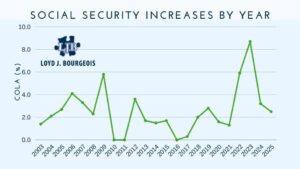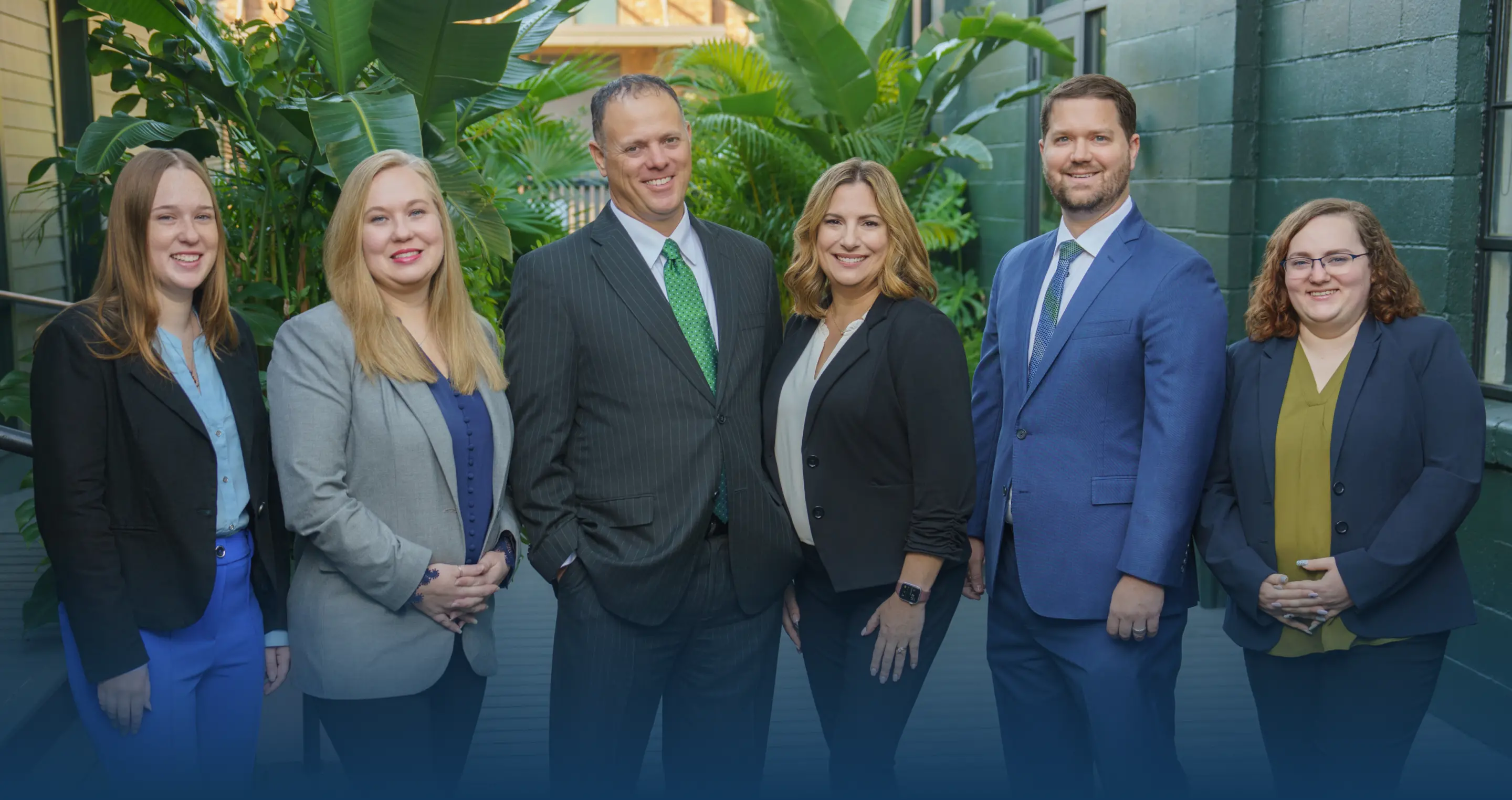How Does SSA Determine Disability?
When applying for benefits in Louisiana or any other state, you should know the process that the Social Security Administration (SSA) will use to analyze your disability claim.
As a Louisiana Social Security Disability Lawyer, I know understanding this process can help you better prepare for and develop your own social security disability application.


We GET IT DONE
Clients trust us to handle their case properly and effectively
FREE Confidential Case Review (985) 240-9773Social Security Sequential Evaluation Process
SSA, with direction from the Social Security Act, established a five-step sequential evaluation process to determine whether you are disabled (20 CFR 404.1520(a)). The steps are followed in order.
A graphical representation of the steps can be found in this Louisiana Disability Law report.
If SSA determines that you are or are not disabled at a step of the evaluation process, the evaluation stops and does not go on to the next step.


We DO THE RIGHT THING
The correct choice – always – is to do the right thing.
FREE Confidential Case Review (985) 240-9773Step 1: Substantial Gainful Activity
At step one, the SSA determines whether you are engaging in substantial gainful activity (20CFR 404.1520(b)).
Substantial gainful activity (SGA) is defined as work activity that is both substantial (significant physical or mental activities) and gainful (Work performed for pay or profit).
If you engaged in SGA, you are not disabled regardless of how severe your physical or mental impairments are and regardless of your age, education, or work experience.
If you are not engaging in SGA, then SSA proceeds to the second step.


We ARE TRANSPARENT
We don’t play games and we don’t hide the ball.
FREE Confidential Case Review (985) 240-9773Step 2: Severe Impairments
At step two, SSA determines whether you have a medically determinable impairment that is “severe” or a combination of impairments that is “severe” (20 CFR 404.1520(c)).
An impairment, or combination of impairments, is “severe” according to SSA if it significantly limits your ability to perform basic work activities.
If you do not have a severe medically determinable impairment or combination of impairments, you are not disabled.
If you have a severe impairment or combination of impairments, SSA moves the analysis to the third step.


We ARE COMPASSIONATE
Emotionally intelligent listeners with positive attitudes.
FREE Confidential Case Review (985) 240-9773Step 3: Listed Impairments
With step 3, SSA determines whether your impairment or combination of impairments meets or medically equals a listed impairment.
The “listings” are located at 20 CFR Part 404, Subpart P, Appendix 1.
If your medical condition meets or medically equals the criteria of a listing and is expected to result in death or last continuously for at least 12 months (i.e., the duration requirement found at 20 CFR 404.1509), you are disabled and will be awarded benefits.
However, if your impairment(s) does not meet a listing, then the analysis proceeds to step 3-1/2 and four.
Residual Functional Capacity
Before reaching step four of this process (I call this step 3-1/2), SSA must determine your residual functional capacity (RFC) (20 CFR 404.1520(e)).
Your Residual Functional Capacity is your ability to do physical and mental work activities on a sustained basis in a competitive work environment despite your residual limitations caused by your impairments.
In determining your RFC, SSA considers all of your impairments, including those impairments that are not severe (20 CFR 404.1520(e) and 404.1545; SSR 96-8p).
Step 4: Past Relevant Work
Moving to step four of the process, SSA must determine whether you have the RFC to perform the requirements of your past relevant work (20 CFR 404.1520(f)).
Your past relevant work includes all of those jobs/occupations you had over the past 15 years which constituted Substantial Gainful Activity.
If you have the RFC to do any of your past relevant work, you are not disabled. If, because of your RFC, you are unable to do any past relevant work or you do not have any past relevant work, SSA then moves to the last step.
Step 5: Other Work
At this 5th step (20 CFR 404.1520(g)), SSA determines whether you are able to make an adjustment to do any other work considering your RFC, age, education, and work experience.
If you are able to do other work, you are not disabled.
If you are not able to do other work and meet the duration requirement, you are disabled and entitled to benefits from a Social Security disability program.
You bear the burden of proving your disability throughout the entire process.
However, if you can get to step 5, you only have a limited burden of producing sufficient evidence and then the SSA must show you can do any other work.
To meet its burden for finding that you are not disabled at the final step, SSA is responsible for providing evidence that demonstrates that other work exists in significant numbers in the national economy that you can do, given your RFC, age, education, and work experience (20 CFR 404.1512(g) and 404.1560(c)).
To do this, SSA utilizes the services of a vocational expert.
Social Security Sequential Evaluation Process
While the process may seem straightforward, it’s actually filled with pitfalls and traps that can catch you off guard. This is why many claimants face initial denials.
As a Metairie Social Security Disability Lawyer, I’m here to help you navigate the complexities of applying for Social Security Disability benefits or appealing a denial. Contact me at 985-240-9773 for a free claim evaluation.















